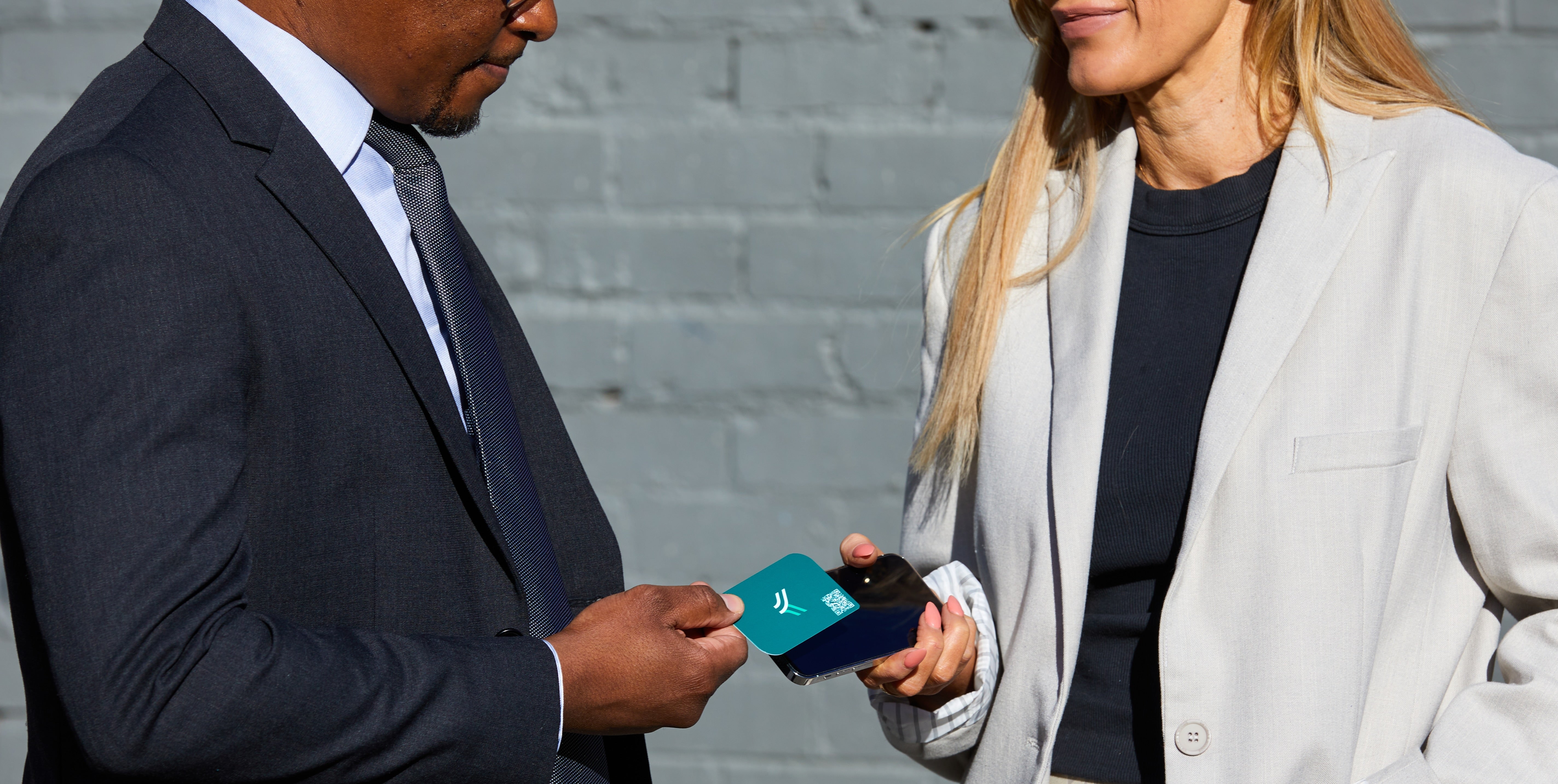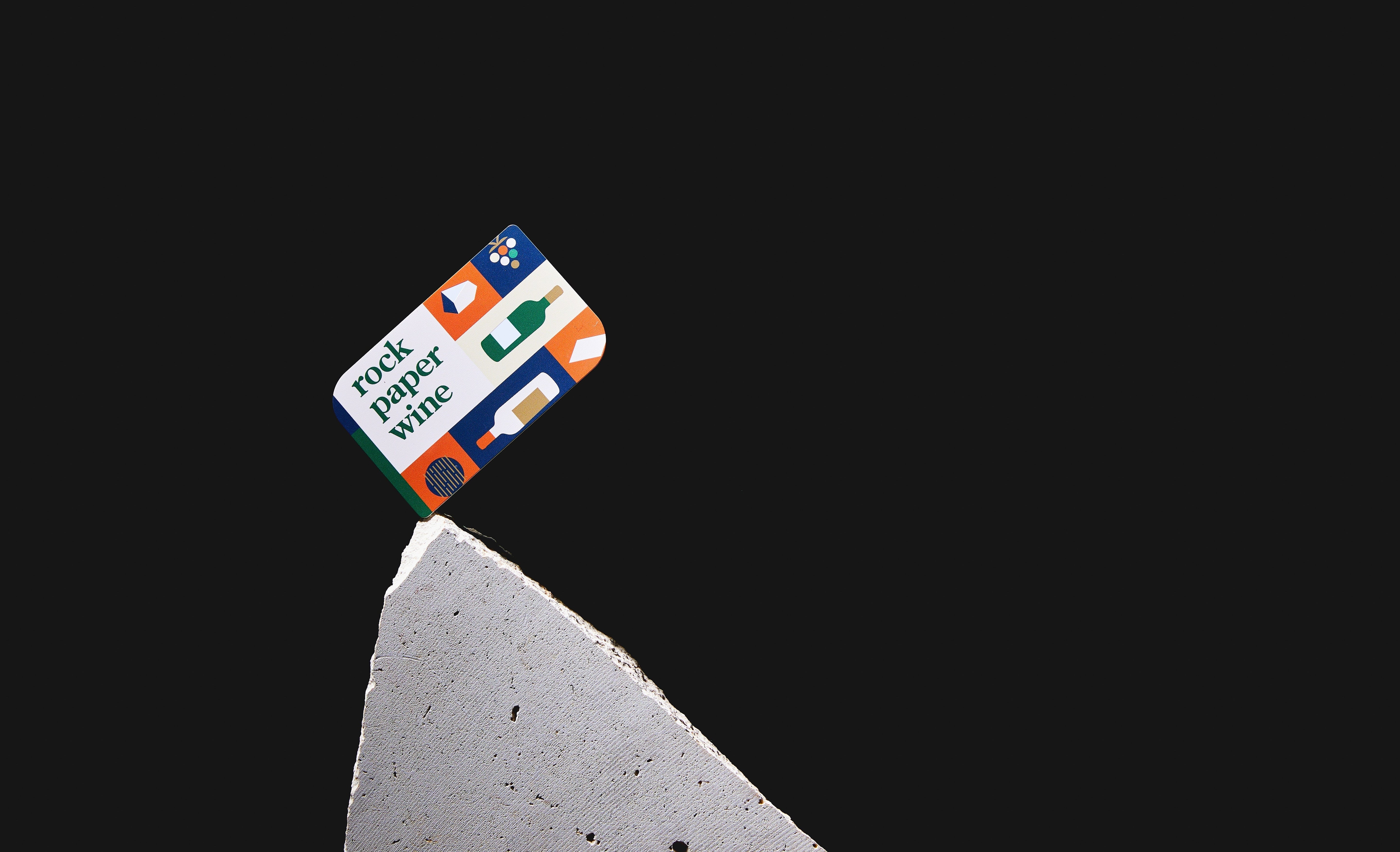In the ever-evolving world of event marketing, the humble business card has undergone a dramatic transformation. What once was a simple paper rectangle exchanged at trade shows and conferences has now become a dynamic tool powered by cutting-edge technology. Known as smart business cards, these next-generation resources blend physical presence with instantaneous digital connectivity, providing attendees and exhibitors alike with a seamless way to share contact details, portfolios, and social media profiles.
At its core, a smart business card retains the familiar form factor of a traditional card—easy to slip into a pocket or wallet—but embeds technologies such as NFC chips or QR codes. When tapped or scanned, the card instantly directs the recipient to a digital profile that can be updated in real time. This evolution eliminates the need to print new cards each time contact information or branding changes, reducing waste and cost. In fact, the IT segment alone accounted for up to 40% of the global digital business card market in 2023 (qrcodechimp.com), highlighting significant adoption among tech-savvy industries.
Why are smart business cards so important in event marketing? First, events are experiential by nature. Studies show that 63% of consumers are more likely to remember a brand after an experiential event (wifitalents.com). And 80% of consumers believe that in-person events are the most trusted way to discover new products and services (atneventstaffing.com). By integrating smart business cards, brands strengthen that trust, offering a memorable, interactive, and data-driven way for attendees to engage and retain information.
Enter Tapt, a leading provider of smart business card solutions. Tapt transforms traditional business cards by integrating physical cards with dynamic digital profiles, using NFC and QR code technology for seamless contact sharing. This modern solution not only supports instant connectivity but also contributes to a greener future by reducing paper waste. Each time a recipient taps the card, they access up-to-date details without requiring a printed update—perfect for fast-moving event environments.
As we explore the features, benefits, and best practices of smart business cards, we’ll see how these innovative tools enhance networking, deliver trackable results, and seamlessly integrate with broader marketing campaigns. Whether you’re a small start-up seeking to stand out at your first trade show or an established enterprise aiming to elevate large-scale activations, smart business cards offer a versatile, cost-effective, and eco-friendly approach to modern event marketing.
Features of Smart Business Cards
Smart business cards are more than just digital placeholders; they boast an array of sophisticated features designed to optimize networking and deliver actionable insights. Below are the three pillars that have made these cards indispensable in today’s event marketing landscape:
-
Digital Information Sharing: Using embedded NFC chips or printed QR codes, smart cards allow instant data transfer. A simple tap or scan directs users to a digital profile containing up-to-date contact details, social media channels, portfolios, and even demo videos.
-
Customizable Designs: Unlike static paper cards, smart cards support dynamic digital templates. You can tailor the layout, colors, and content for each event or campaign—whether you’re showcasing a seasonal promotion or a new product line.
-
Trackable Analytics: One of the most compelling advantages is the ability to monitor engagement in real time. You can track profile views, contact exchanges, and click-through rates, helping you measure ROI and refine your strategy.
To illustrate adoption rates, digital business card usage increased to 37% in businesses and 23% among individuals (qrcode-tiger.com). This upward trend underscores growing comfort with digital solutions in both corporate and personal contexts.
Tapt extends these features further with its 2-way contact exchange, enabling not only sharing of your details but also effortless reception of others’ information. This two-way functionality streamlines lead generation at events, ensuring that no potential connection is lost. Tapt’s smart dashboards offer real-time analytics, tracking metrics such as profile views and number of exchanges. These insights guide marketers in identifying their most active leads, tailoring follow-up communications, and optimizing networking strategies.
Moreover, Tapt’s platform supports secure authentication and centralized user management. Through integrations with Azure SAML, Google SSO, and SCIM provisioning with Azure AD, enterprises can maintain strict access control while protecting sensitive user data. As privacy regulations tighten worldwide, having robust authentication frameworks built in becomes a major differentiator.
By combining seamless information sharing, design flexibility, and data-driven insights, smart business cards empower participants to build deeper, more meaningful connections. These features are reshaping networking at events, turning each exchange into a trackable, scalable asset for marketers.
The Benefits of Using Smart Business Cards in Events
Adopting smart business cards in your event marketing arsenal delivers multiple benefits that span networking effectiveness, cost savings, and environmental stewardship. Here are the key advantages:
Enhanced Networking Opportunities
In-person events thrive on human connection, and smart cards facilitate smoother introductions and follow-ups. A single tap breaks the ice, prompting instant digital exchanges and conversation starters such as shared interests or mutual connections. Studies highlight that 72% of consumers say positive experiential marketing interactions make them feel more positively about the brand (worldmetrics.org), while 95% of marketers believe in-person events provide attendees with a valuable opportunity to form authentic relationships (gitnux.org). Smart cards enhance these interactions by eliminating manual data entry and ensuring that every exchange is captured accurately.
Cost-Effectiveness and Eco-Friendliness
Traditional paper cards incur recurring printing costs each time details change. Smart cards require a one-time purchase and can be updated digitally. Over time, companies save on reprints and reduce clutter. Tapt embeds sustainability at every level: each card reduces reliance on paper, and through its partnership with TerraCycle, used cards are recycled responsibly. This eco-friendly approach not only lowers waste but also resonates positively with environmentally conscious audiences.
Immediate Access to Information
Potential leads no longer have to fumble with pen and paper to record your details. A quick tap delivers your full digital profile to their device in seconds. This speed ensures that hot leads are captured at the moment of maximum interest, boosting the likelihood of post-event engagement.
By leveraging smart business cards, brands enhance the participant experience, reduce costs, and uphold sustainability—all while generating actionable data to drive future campaigns.
Integrating Smart Business Cards into Your Marketing Strategy
To maximize impact, smart business cards must align seamlessly with your broader marketing objectives. Here’s how to integrate them effectively:
Align with Overall Campaign Goals
Begin by defining what success looks like for your event. Are you aiming to generate a specific number of qualified leads, increase brand awareness, or nurture existing relationships? According to 78% of event marketers, content marketing has been somewhat or very effective for their events (zipdo.co). Smart cards can distribute targeted content—whitepapers, case studies, or demo invitations—directly to attendees, amplifying your content strategy.
Choose the Right Platform
Numerous providers offer smart card solutions, each with unique strengths. Tapt stands out by integrating seamlessly with leading CRM systems like Salesforce, HubSpot, and Dynamics 365. Automatic synchronization ensures that every lead generated at the event flows directly into your sales pipeline, minimizing manual data entry and maximizing follow-up efficiency.
Customize Content for Different Events
Different events attract different audiences. A tech conference might value product demos and LinkedIn connections, while a consumer expo could prioritize social media follows and discount codes. Tailor the digital profiles on your smart cards to include relevant resources—videos, infographics, or surveys—to match attendee expectations. A cohesive experience across physical, digital, and social touchpoints drives stronger engagement.
By aligning smart business cards with your overall marketing plan, selecting the right provider, and tailoring content to each audience, you ensure that your cards contribute measurable value to your event efforts.
Finally, leverage multi-channel promotion. According to remo.co, 83% of marketers use social media for event promotion, followed by search (67%) and video (66%) channels (remo.co). Highlight your smart card capabilities in pre-event posts and ads to generate buzz and instruct attendees on how to engage with your cards onsite.
Best Practices for Designing Smart Business Cards
Effective smart card design balances aesthetics with functionality and user experience. Follow these guidelines to craft cards that stand out and convert:
Create an Eye-Catching Design
Your smart card’s visual identity should reflect your brand while capturing attention. Use bold colors, clear typography, and a clean layout. Incorporate your logo prominently, but avoid clutter. A minimalist approach ensures that the QR code or NFC tap area remains clearly visible and accessible.
Include Content That Converts
Think beyond basic contact details. What additional resource would your ideal attendee value most? Perhaps it’s a case study, a video demo, or an exclusive whitepaper. Include a clear call to action—“Watch demo,” “Download report,” or “Claim offer”—so visitors know exactly what to do when they access your profile. Research shows that 73% of marketers believe event marketing is an effective way to engage customers (worldmetrics.org), underscoring the importance of conversion-focused content.
Focus on User Experience
A seamless UX ensures high adoption. Test your card’s scan and tap functionality across devices and platforms. Provide brief instructions on the card—“Tap here with Android” or “Scan QR code for iPhone”—to reduce friction. If possible, embed social proof or testimonials in your digital profile to build trust instantly.
By combining striking visuals with targeted content and frictionless UX, your smart business cards will not only attract interest but also drive meaningful engagement and conversions.
Real-world Success Stories
Nothing illustrates the power of smart business cards like concrete examples of brands that have leveraged them to drive remarkable results. Here are two illustrative case studies:
Case Study: TechNova at Global Tech Expo
TechNova, a mid-sized enterprise specializing in AI solutions, faced the challenge of standing out at a crowded Global Tech Expo. They deployed Tapt smart cards embedded with NFC chips, offering attendees immediate access to interactive product demos and their LinkedIn profiles. Over the three-day event, TechNova recorded:
-
450 card taps and scans
-
320 new qualified leads added directly to their Salesforce CRM
-
A 45% increase in post-event meeting requests compared to the previous year
The real-time analytics dashboard helped their marketing team pinpoint peak engagement times, optimizing booth staff schedules and follow-up outreach.
Case Study: EcoLife Consumer Fair
EcoLife, a sustainable lifestyle brand, wanted to reinforce its green credentials at a major consumer fair. They used Tapt’s smart cards with recycled plastic bodies and partnered with TerraCycle to recycle cards after the event. The digital profile featured a downloadable carbon-footprint calculator and a discount code for first-time buyers. Outcomes included:
-
515 scans within two days
-
28% of recipients redeemed the discount code online
-
An immediate 25% increase in social media followers
These success stories demonstrate how smart business cards can be tailored to diverse industries and objectives, delivering measurable ROI and memorable brand experiences.
Challenges and Solutions
While smart business cards offer numerous benefits, brands may encounter implementation hurdles. Here are common pitfalls and how to address them:
Technical Adoption
Users unfamiliar with NFC or hesitant to scan QR codes may shy away from using smart cards. Solution: Provide clear, concise instructions on the card itself and have booth staff ready to demonstrate. Consider placing signage or digital displays showing a quick tap or scan in action.
Integration Complexities
Synchronizing new digital tools with existing CRM or marketing automation platforms can be daunting. Solution: Choose a provider like Tapt that offers seamless integration with Salesforce, HubSpot, and Dynamics 365. Automated lead capture reduces human error and ensures that every networking opportunity is logged.
Data Security and Access Control
Enterprises often worry about data privacy and user permissions. Solution: Leverage Tapt’s secure authentication features, including Azure SAML, Google SSO, and SCIM provisioning with Azure AD, to centralize management and enforce role-based access.
By anticipating these challenges and partnering with a robust platform, marketers can deploy smart business cards with confidence and avoid common setbacks.
Future Trends in Smart Business Cards
The landscape of event marketing is always evolving, and smart business cards are poised to incorporate even more advanced technologies in the coming years:
Augmented Reality (AR) Integration
Imagine tapping a card and seeing a 3D product model overlayed in your environment. AR integration will elevate demos and create immersive experiences that leave a lasting impression.
Voice-Activated Features
With voice assistants becoming ubiquitous, future smart cards could respond to voice commands—“Show me your latest case study” or “Connect me on LinkedIn”—offering hands-free interactions.
Industry Growth Projections
The global event marketing industry is projected to reach $36.31 billion by 2026 (airmeet.com), indicating sustained investment in tools that drive engagement. As budgets grow, expect smart business cards to remain at the forefront of experiential innovation.
By staying ahead of these trends, brands can continue to delight audiences and maintain a competitive edge.
Smart business cards represent a convergence of technology, sustainability, and experiential marketing. From enhanced networking and data-driven analytics to cost savings and eco-friendly design, these innovative tools redefine how brands connect with audiences at events. As highlighted by our case studies and industry projections, smart cards deliver measurable ROI, streamline lead management, and reinforce brand values.
With providers like Tapt offering robust features—2-way contact exchange, real-time dashboards, CRM integrations, and secure authentication—implementing smart business cards has never been easier or more impactful.
Now is the time to elevate your next event campaign. Embrace smart business cards and position your brand at the cutting edge of experiential marketing.




Your Business Card Needs a Digital Upgrade
Are NFC Business Cards Safe? A Deep Dive Into Security & Privacy